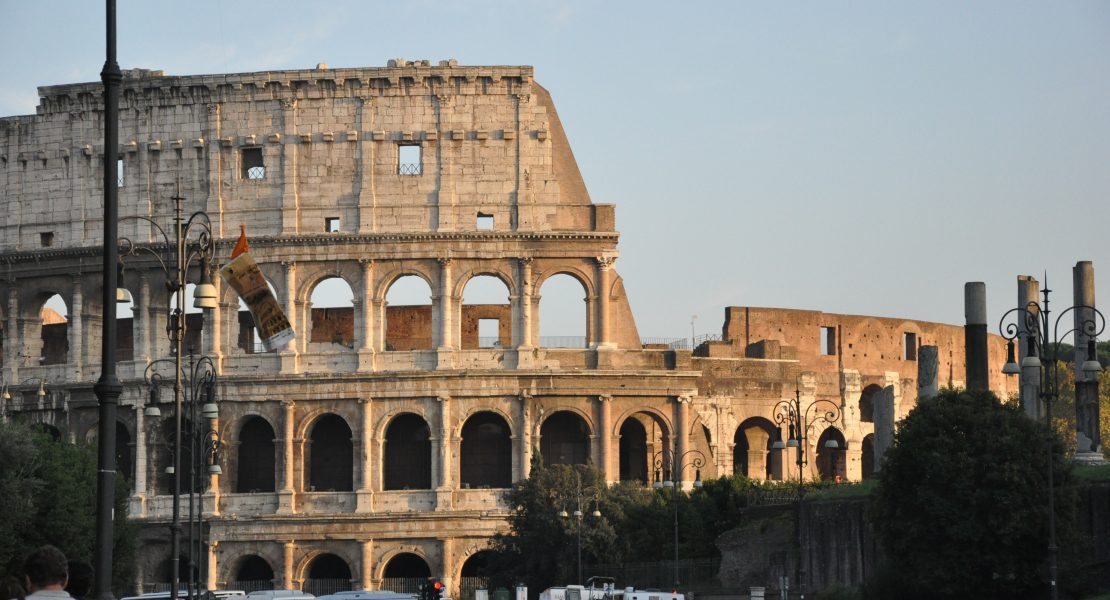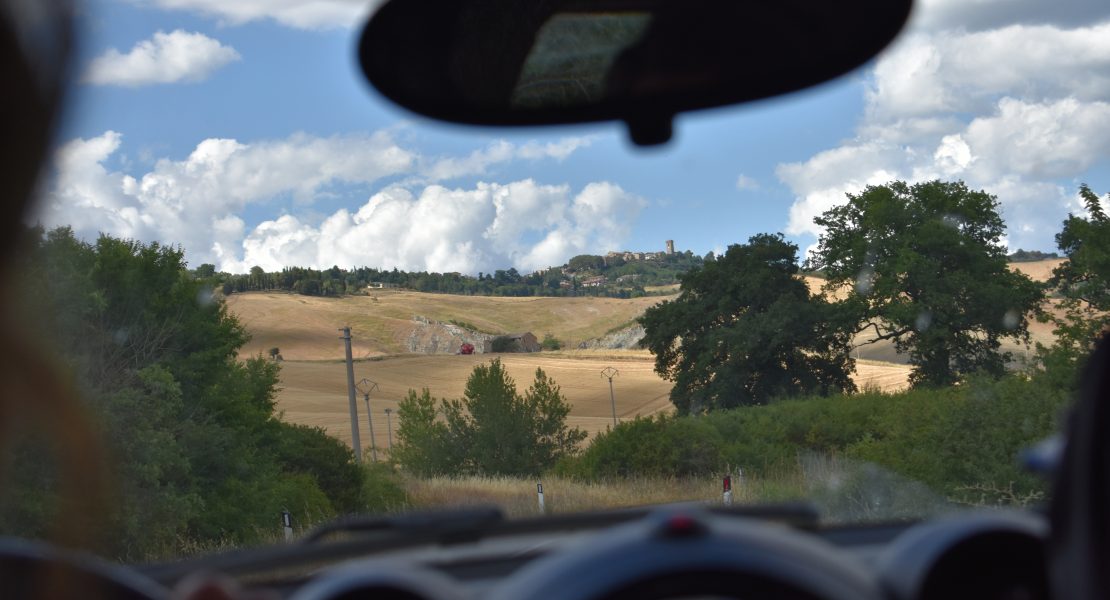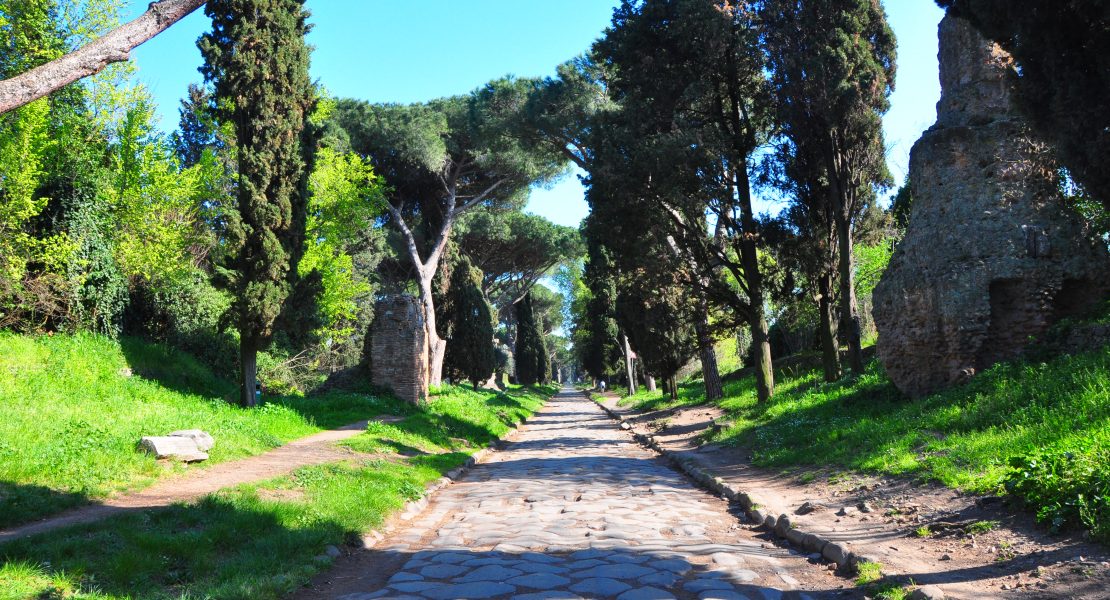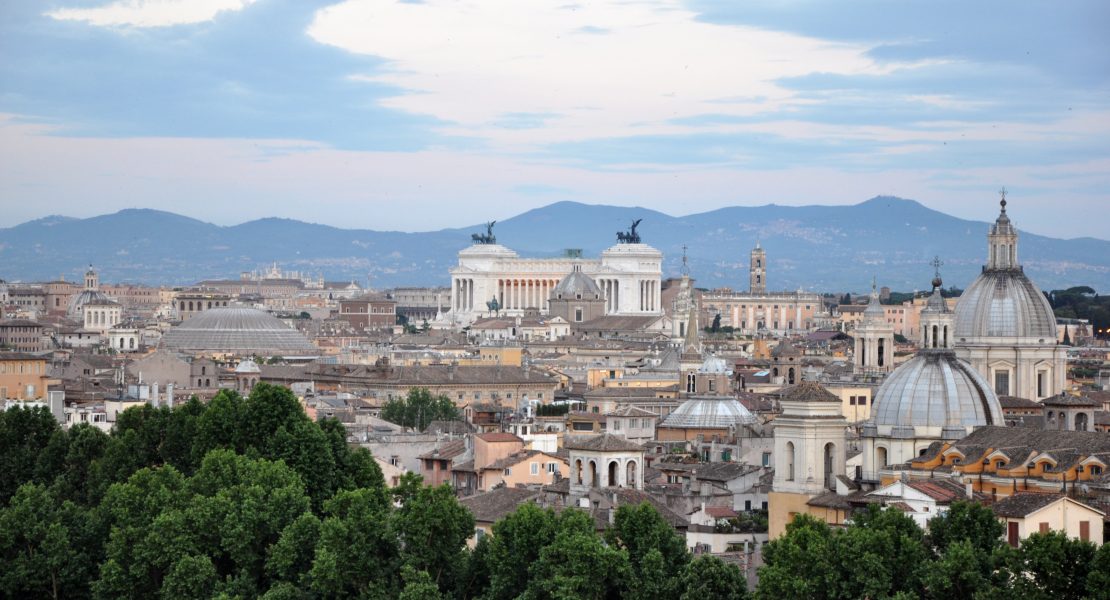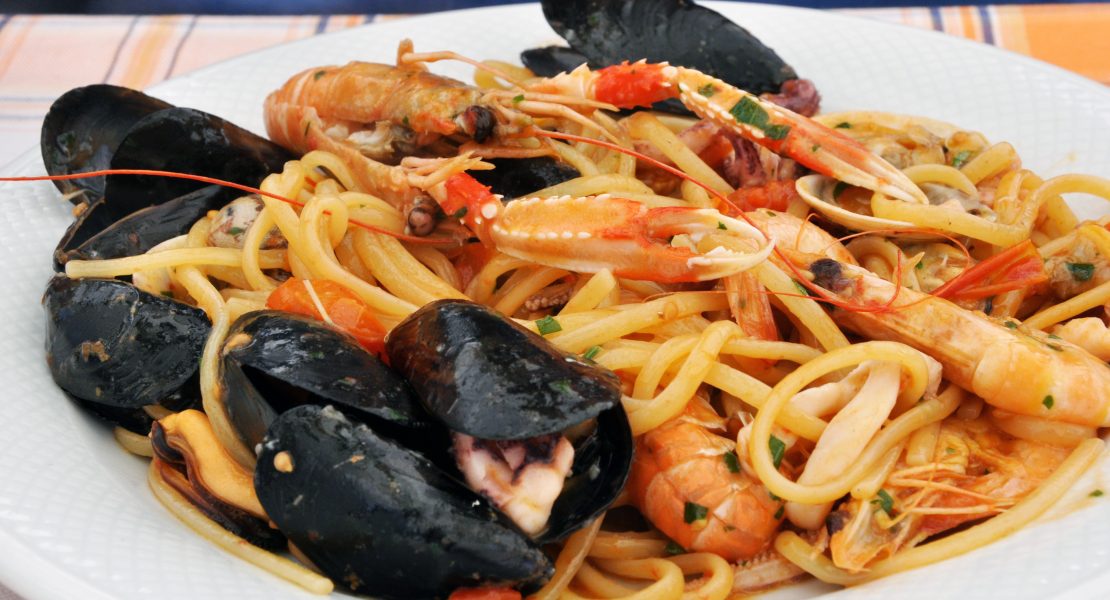The best restaurants right at Rome’s tourist sites, including near the Pantheon, Spanish Steps, and Colosseum.
I’ve said it before: When you’re looking for good restaurants in Rome, get thee away from the city’s tourist centers. The farther from the Colosseum, Pantheon, or Spanish Steps you are, the better and cheaper — in general — the food is going to be.
That said? Sometimes, after a day of sightseeing, your feet are just too tired, or your stomach too darn loud, to walk the extra 20 minutes, or wait for the bus, that’s required to wind up in a less hit-or-miss food zone like Testaccio. But that doesn’t mean all is lost.
Here, suggestions for where to eat in Rome’s most touristy locales. Even if they won’t all blow your mind (although some will), they’re reliably good food, good value, and within a 5-minute walk from the given site. (Just to make sure, I used the ever-objective Google maps to see how long “walking directions” took).
To help you visualize how close these really are to Rome’s major sites, here’s a helpful map of them all. Print it all out to save your feet, and your stomach, when you’re in Rome.
This post covers where to eat when you’re at the Spanish Steps, Colosseum, or the Pantheon. (Above: An awesome mozzarella-di-bufala-egg-combination thing from Palatium, a top spot near the Spanish Steps).
Look for an upcoming post on where to eat when at the Vatican, Trevi Fountain, or Piazza Navona!
Where to eat at… the Colosseum
Taverna dei Quaranta. Via Claudia 24, a 3-minute walk from the Colosseum. I didn’t quite believe it when a friend of mine said that this place was any good. But then I went. And it is. Despite being located just 2 minutes’ further down the road than all of the terrible, touristy places that directly overlook the Colosseum, Taverna dei Quaranta is a different story. The cacio e pepe here is fantastic, the spaghetti alle vongole tasted super-fresh, and a pasta alla norma (with eggplants, tomato and salted ricotta) decided my next return for me. The restaurant also offers traditional Roman secondi (oxtail, fried baccalà), a pizza menu, and, my friend says, a kick-ass tiramisu. At about €8 for a pasta, the prices are also good for the area. +3906 7000550, www.tavernadeiquaranta.com/en. Open for lunch and dinner daily.
Trattoria Luzzi. Via di San Giovanni in Laterano 88, a 5-minute walk from the Colosseum (and a 1-minute walk from the Basilica of San Clemente). As I’ve written before, Luzzi isn’t the best food you’ll eat in Rome — but it is some of the cheapest and, thanks to its nutty waiters, the most fun. Its amatriciana or fettucine alla bolognese are reliably okay… and both set you back just €5.50. The pizza (above) is also very good, although don’t order it at lunch: The official pizza chef isn’t on then, so what comes out instead is a sad excuse for a Roman pie. Another bonus? Unlike many of the places in this quarter, the guys at Luzzi don’t try to screw you. That said, I’ve noticed more complaints about rudae service at Trattoria Luzzi, and had one bad experience so far myself — but it seems always to be from people sitting indoors, and at dinner only. For the best experience, grab an outside seat. +39 06 7096332. Open for lunch and dinner every day except for Wednesday.
Li Rioni. Via dei SS. Quattro Coronati 24, a 5-minute walk from the Colosseum (and a 2-minute walk from the Basilica of San Clemente). One of Rome’s better pizzerias, this is also a local favorite, a place that’s filled (and loud) with Italian families and babies by 9pm. (Come at 7pm, of course, and you’ll see mostly tourists). The pizzas are how Romans do them — crispy, thin and piled with fresh ingredients — and cheap, to boot.The service can be a little spotty, especially on busy Friday, Saturday and Sunday nights, but it’s all part of the fun. The name “Li Rioni,” by the way, comes from the fact that the pizzeria is right on the border of two of Rome’s famed rioni, or quarters — Monti and Celio. +39 06 70450605. Open for dinner only every day but Tuesday.
Where to eat at… the Spanish Steps
The Via della Croce pastificio (lunch only). Via della Croce 8, a 1-minute walk from the Spanish Steps. Time your sightseeing to land you in the Spanish Steps area between 1pm and 2pm, and lunch is all set. That’s because that’s when a pasta shop, located a stone’s throw from the famous staircase, starts offering “samples” — i.e., big trays — of hot, handmade pasta. The price, with water and wine included? Just 4 euros. Check out my previous blog post on the Spanish Steps pasta shop for more info. Open for lunch every weekday.
Palatium. Via Frattina 94, a 5-minute walk from the Spanish Steps. I’ve sung the praises of Palatium elsewhere before, and with good reason. A foodie favorite, Palatium is run by the Lazio Regional Food Authority—which, while it might not sound sexy, means that all of the ingredients are home-grown in Rome’s Lazio region. The menu, which changes frequently, features Rome favorites with a twist, like ricotta-and-mint ravioli. The prices are great for the quality, with pastas around €10 and mains €15. Just keep in mind that this isn’t your traditional, checkered-tablecloth trattoria (photo above). +39 06 69202132, reservations recommended. Open for lunch and dinner every day but Sunday.
Enoteca Antica. Via della Croce 76, a 3-minute walk from the Spanish Steps. This isn’t the best value you’ll find in Rome, but it is one of your best bets if you don’t want to stray from the Spanish Steps (if you can’t get in at Palatium, that is). A wine bar and restaurant, the atmosphere is lovely, there’s outdoor seating, the food ranges from fine to good, and the prices aren’t terrible. Just make sure you double-check your bill: Several recent clients have noted that staff has been sneaking in higher prices than the menu calls for. Never hesitate to point out any mistakes you see, and to be firm. +39 6 6790896. Open for lunch and dinner every day.
Where to eat at… the Pantheon
Armando al Pantheon. Salita de’ Crescenzi 31, less than a minute’s walk from the Pantheon. Since 1961, Armando’s has been serving up traditional, Roman dishes right next to the Pantheon — and he’s been making it in the guidebooks, too. The constant mentions of Armando’s make it all the more surprising that both the food, and prices, remain good. Look for pasta e ceci (pasta with chickpeas) on Fridays, and don’t miss the damn-good torta antica Roma (above) to finish everything off. +39 06 68803034. Open for lunch and dinner all week except for Saturday night and Sunday.
Trattoria da Gino. Vicolo Rosini 4, a 5-minutes’ walk from the Pantheon. Hidden on a side street north of the Pantheon, near the Parliament building, da Gino is authentic Roman cuisine at its best. The handmade pastas are excellent, as is the antipasto spread. Since it’s a tiny place and a favorite of locals, make reservations if you can. +39 06 687 3434. Open for lunch and dinner every day but Sunday.
Trattoria da Ugo e Maria. Via dei Prefetti 19, a 5-minute walk from the Pantheon. Don’t expect a big sign welcoming you to this no-frills, family-run restaurant: The only sign says “Trattoria,” and the curtains and door are often closed. Enter, though, and you’re walking into an authentic Roman experience. The hand-written menu changes daily, pastas are handmade and prices are moderate (about €8 for a pasta). +39 06
6873752. Open for lunch and dinner every day, except Saturdays and Sundays.
If you liked this post, you’ll love The Revealed Rome Handbook: Tips and Tricks for Exploring the Eternal City, available for purchase on Amazon or through my site here! I’m also free for one-on-one consulting sessions to help plan your Italy trip.

